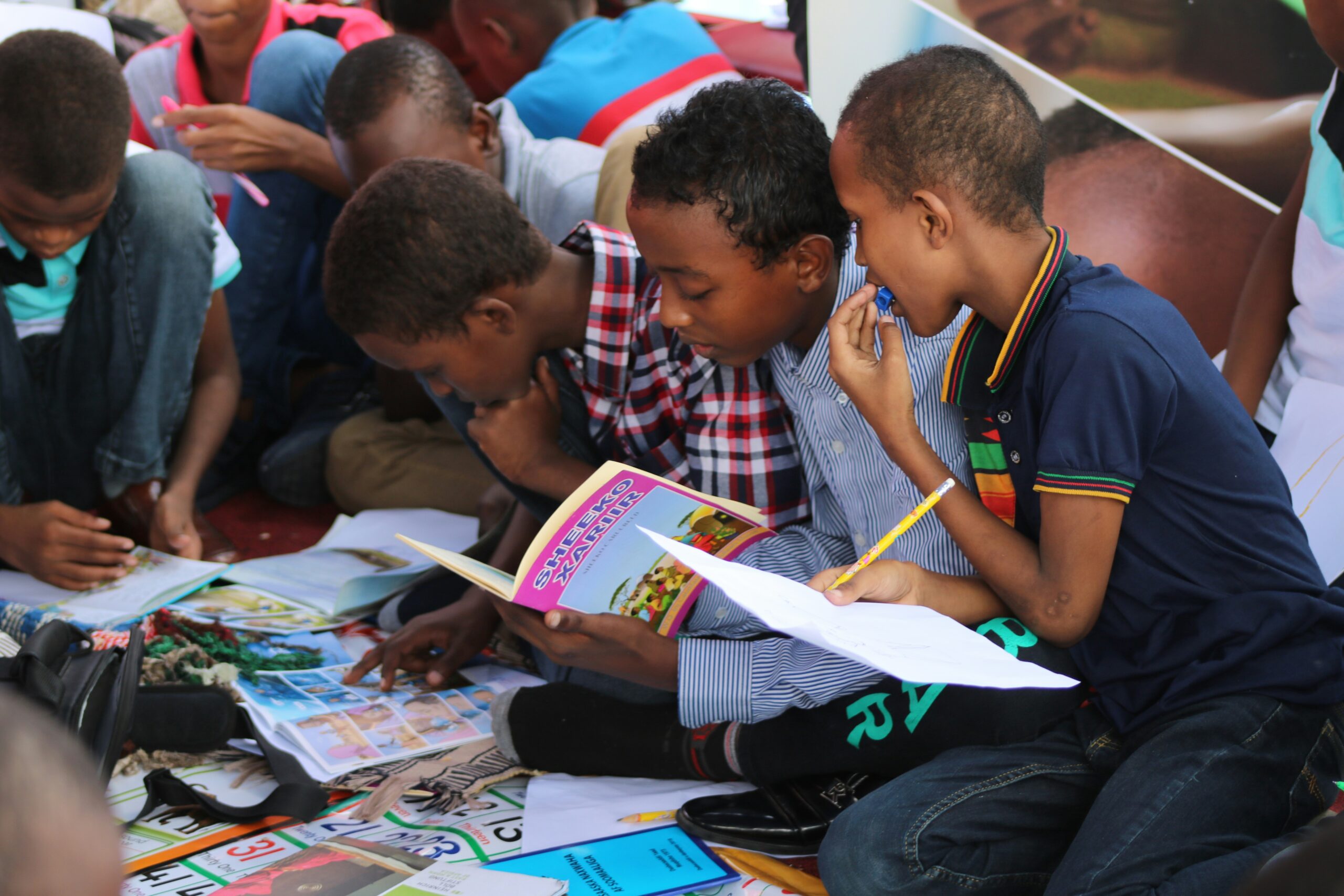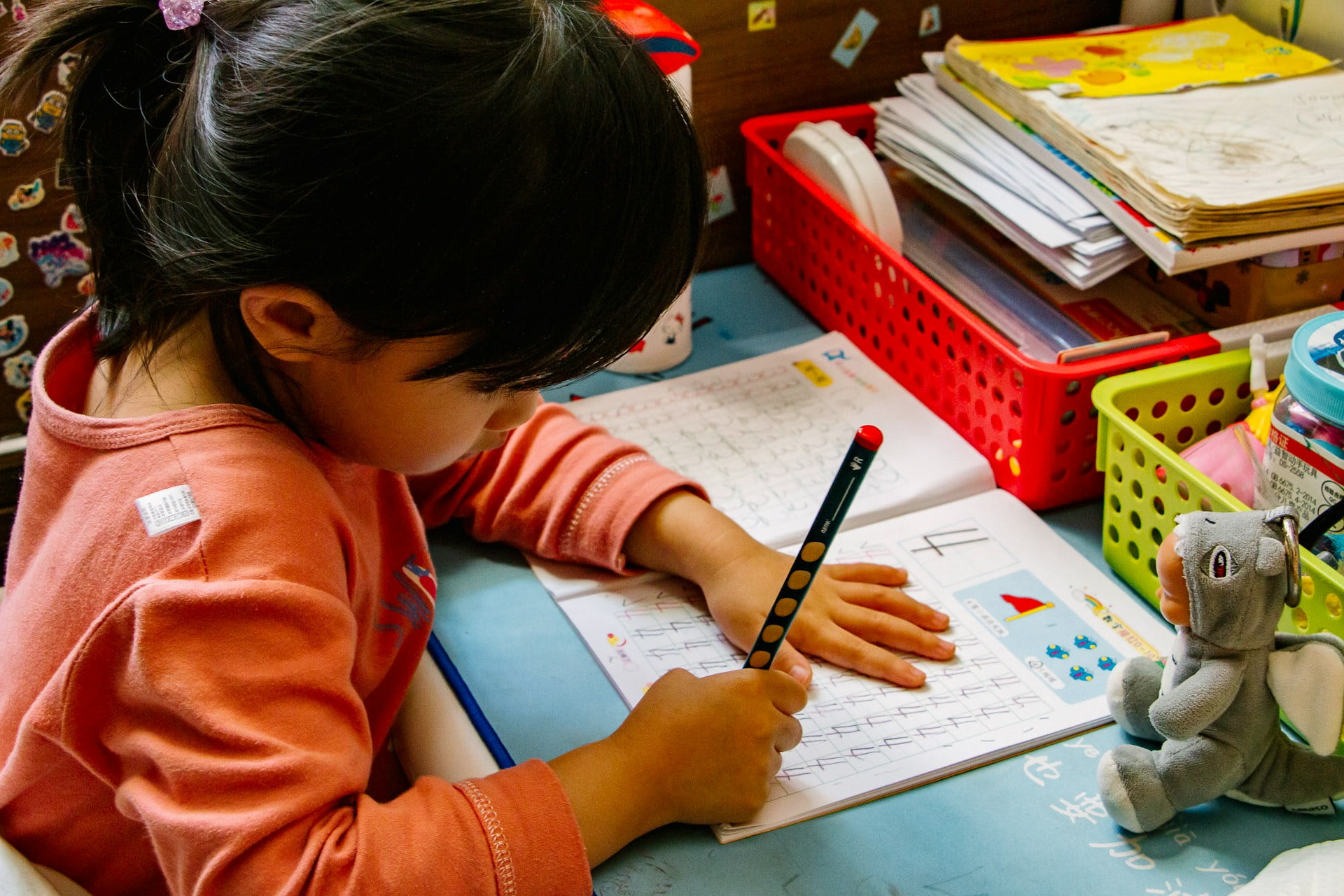Written by: Reagan Flowers, PhD
As we head into summer, we invite you to look at how you can build upon digital learning with hands-on activities. The truth is that not every family has internet access. For families who have just one shared technology device, incorporating hands-on activities can provide the balance in continued learning throughout the summer months. Many of the educational programs and camps parents rely on in the summer are not available right now. The good news is that parents can continue to teach their children throughout the summer by connecting everyday activities to STEM learning. This is an approach parents of any educational background can use to help minimize any learning gaps for their children going forward. Every family should be doing this, and it is especially helpful for those families who may have less economic and technological resources.
Why It’s Important to Engage in Hands-On Learning
Technology is the future, and it will impact the future careers of today’s students. In most careers, they will use the internet and technology devices daily. However, children develop new skills best with hand-on learning. Think about a small child who figures out math by counting on their fingers and toes. They figure things out by doing them, and those skills stay with them throughout life.
We must engage students in hands-on learning at home to supplement and connect learning in a more impactful way beyond technology use. This type of learning, interactive problem-solving and skill growth are crucial elements in the classroom. We need to do our part to keep building these skills throughout the summer and into the school year. Continued education in the summer will benefit students, regardless of what the future holds because of COVID-19. Usually, teachers carry most of the weight in engaging students in hands-on activities like science experiments, but with COVID-19, things changed. Parents have been pushed into roles as homeschool teachers, and they can build on the experience to play a bigger role in supporting learning going forward.
It’s Time to Get Creative
During the summer, there is no set curriculum. It’s an opportunity to find learning opportunities wherever you can, showing your children you support their learning and their growth. Research has shown that children learn best with their loved ones, and when it is fun for them. Learning together is also a way to dig into what truly interests your children. For example, if a science activity like making silly putty really captures their attention, build on this with additional activities that include science and creating, like an erupting volcano and then researching which continents have volcanoes and their heights.
Here, we’ll provide several examples on how you can keep kids engaged and learning this summer without technology:
Show Them by Example
Remember when you were in school and thought “when will I ever use this?” Think about that in your daily life, and incorporate life lessons wherever you can. Point out examples in your day where you use the skills you built through education: problem solving, critical thinking, reading, and writing.
A great example might be teaching math through budget planning or a simplified version of how to balance a business account with a Payroll Protection Plan loan. Another example might be working through time management and prioritization, teaching them how to balance a variety of tasks.
Learn In Nature
You don’t have to go any further than your own yard or a nearby grassy area to engage in hands-on science activities. This could be doing a treasure hunt, identifying as many species of plants, animals or flowers as possible. It could be growing a garden, either in the ground or in containers; this hands-on activity in one you can continue to engage in together throughout the summer. You could also go exploring in a nearby wooded area or lakefront. Record all the questions your child has, and research the answers later together. Curiosity often opens the door to great learning.
Explore in the Kitchen
Preparing food provides a wealth of hands-on learning opportunities. Baking is a science. Learning how to follow a recipe is a crucial life skill, but in baking putting in one wrong measurement or one wrong ingredient can completely alter the outcome. Teaching a child to learn from mistakes, adjust and conquer the task the next time is an excellent form of hands-on learning.
Cooking, on the other hand, is an art where creativity and exploration come into play. One way to do this would be to present a recipe and come up with ways to alter it together. Another would be mimicking many of today’s popular cooking shows, choosing a random assortment of ingredients from your pantry and refrigerator, and seeing what you can create together.
This develops improvisation and adaptability. It also demonstrates that once you have the basic skills in an area, you can learn how to do nearly anything. For example, if you learn the basics of making a pizza, you can invent a world of combinations and variations.
The kitchen is also a hands-on opportunity for math. By halving or doubling a recipe, you put into real-world application the fractions they spent time learning. Your kids have the opportunity to figure it out themselves and see why they need basic math skills.
Making Family Decisions Together
Making decisions as a family can be a hands-on learning activity, whether it’s deciding how to spend an afternoon together, what games to play on game night, what to have for dinner, or a discussion on what in the news has their attention. Together, you can engage in brainstorming, collaboration, ideating, and explain how this will help them in other areas of their life. For example, you could explain how brainstorming and collaboration are needed in your job or career. You could also use this as an opportunity to teach about voting and democracy. As a parent, many decisions will be up to you, but there are some where kids can pipe in as a learning opportunity.
Big Kids Need Hands-On Learning Too
The activities we’ve mentioned so far apply to students of all ages. However, older children are sometimes more resistant to doing activities with their parents. With junior high and high school students, you might gain some traction by tapping into their interests. Ask what their top three favorite school assignments or projects were this last year, and organize similar activities. This may even mean getting activity books or kits they can do on their own. Many of these resources are free, and we do our best to highlight them in the C-STEM newsletter and on our social media as often as we can.
Another way to provide hands-on learning for older kids is by asking around for shadowing opportunities. A young person can learn a lot from even just shadowing a worker at a business for a day or two.
Finally, you can engage older children in a home improvement project that benefits the family. Research, taking measurements, forming a plan, putting it into action, and learning how to safely use tools make for a hands-on exploration of engineering and construction.
How To Move Forward
Engaging students in hands-on learning throughout the summer will prepare them for this fall. We still don’t know what that is going to look like. However, whether they are physically going into a building or still learning at home, their brains will be engaged and active from the continued learning they’ve been doing. Kids have the highest level of natural curiosity and learn the fastest. We must help them make the most of it, regardless of what resources they have. If we let them sit around for an entire summer without learning, we are doing them a great disservice.
That being said, it’s important that they stay connected with friends too. If you don’t have access to the technology needed for video chats, a traditional phone call is always good. Plus, kids listen to each other. If their friends tell them about some activity they enjoyed or new things they learned, your child may take interest. This is an easy way for you to get even more ideas for hands-on learning projects.
If you’re still not sure where to start, it doesn’t hurt to ask your child’s teachers how best to prepare them for the fall. They have been working with your child, have become familiar with how they learn best and know what they’ll be studying next.
These are certainly unprecedented times, and together we do the best we can to prepare each and every child with the skills they need for the future. Here at C-STEM, we will continue to find ways to support you in innovative ways.







